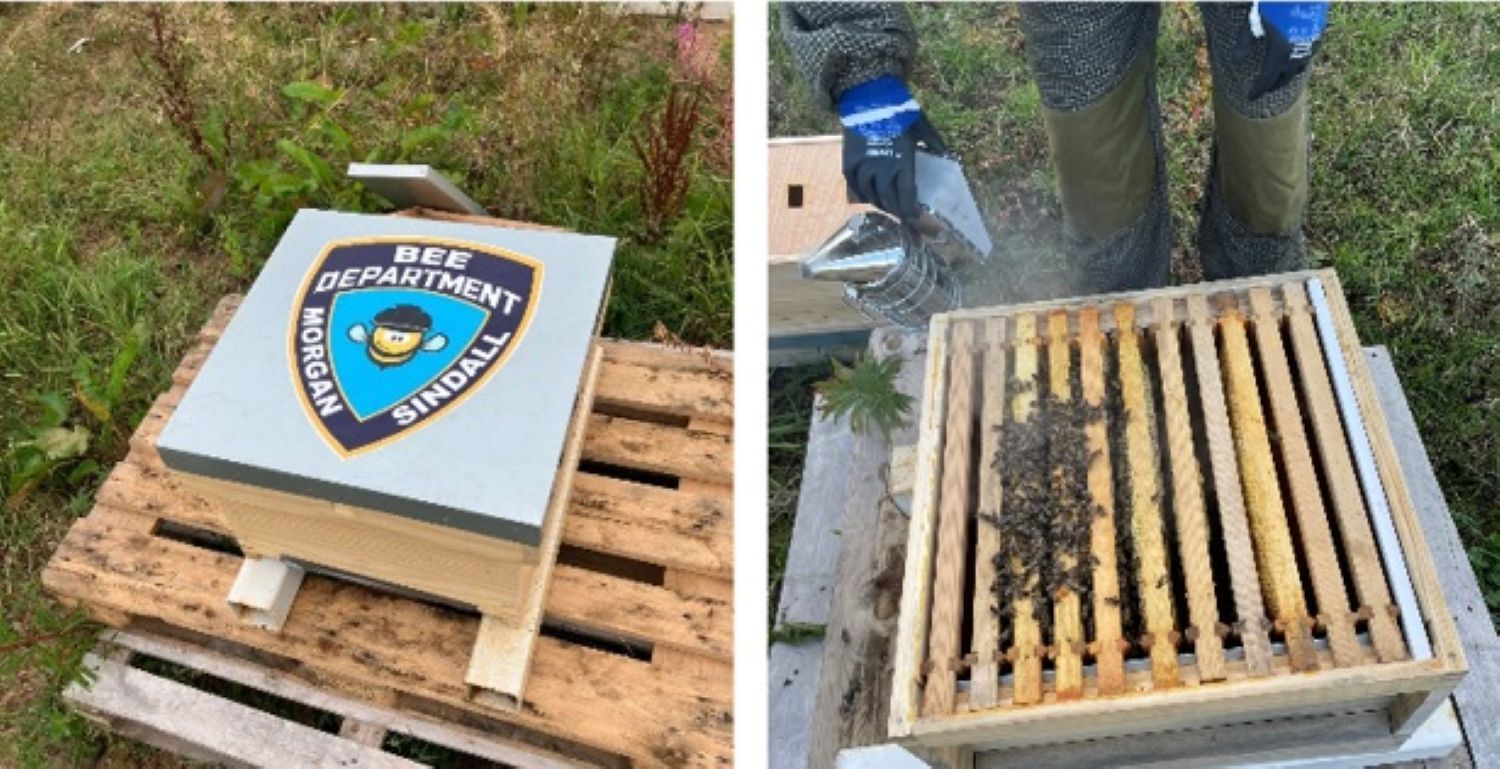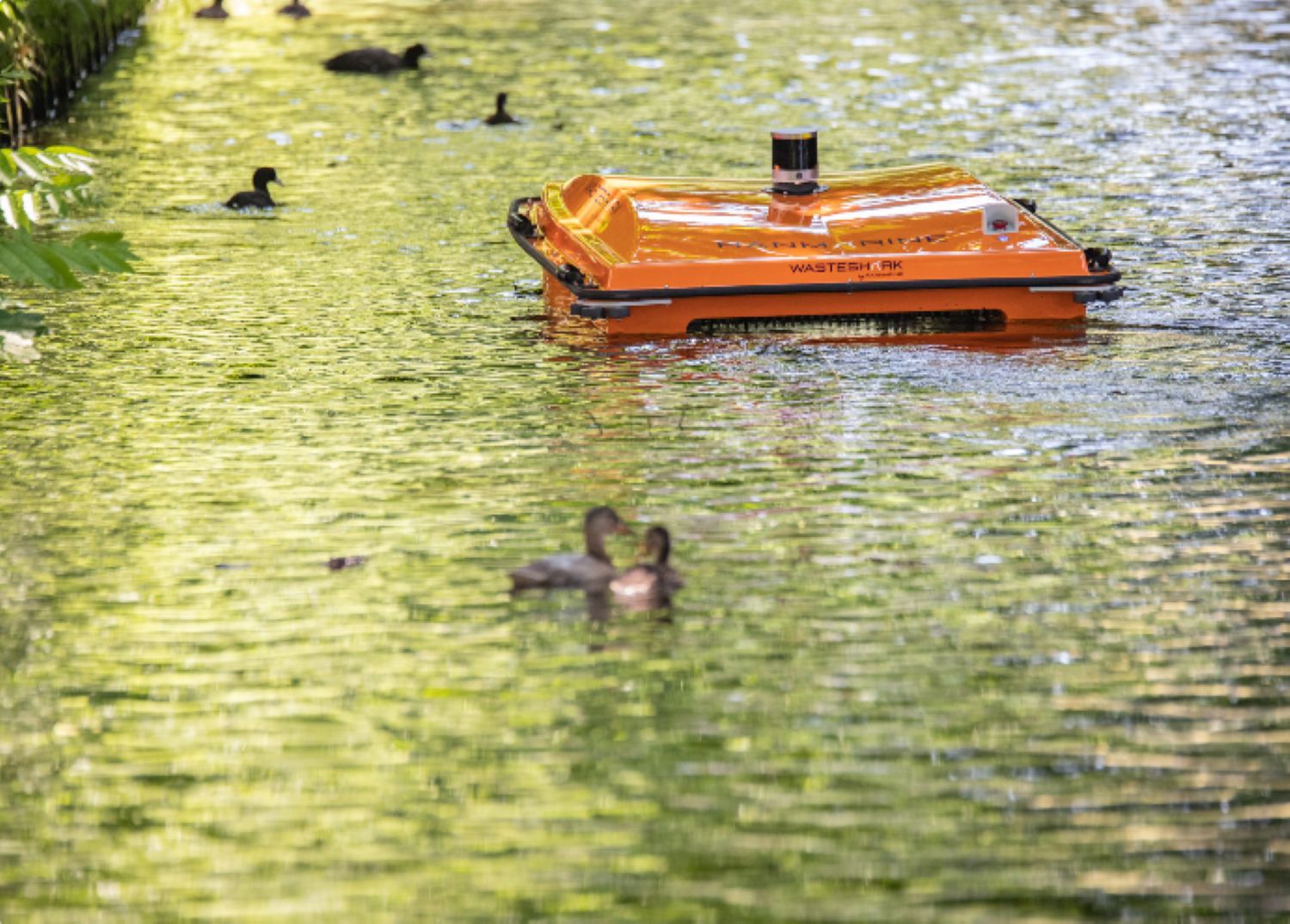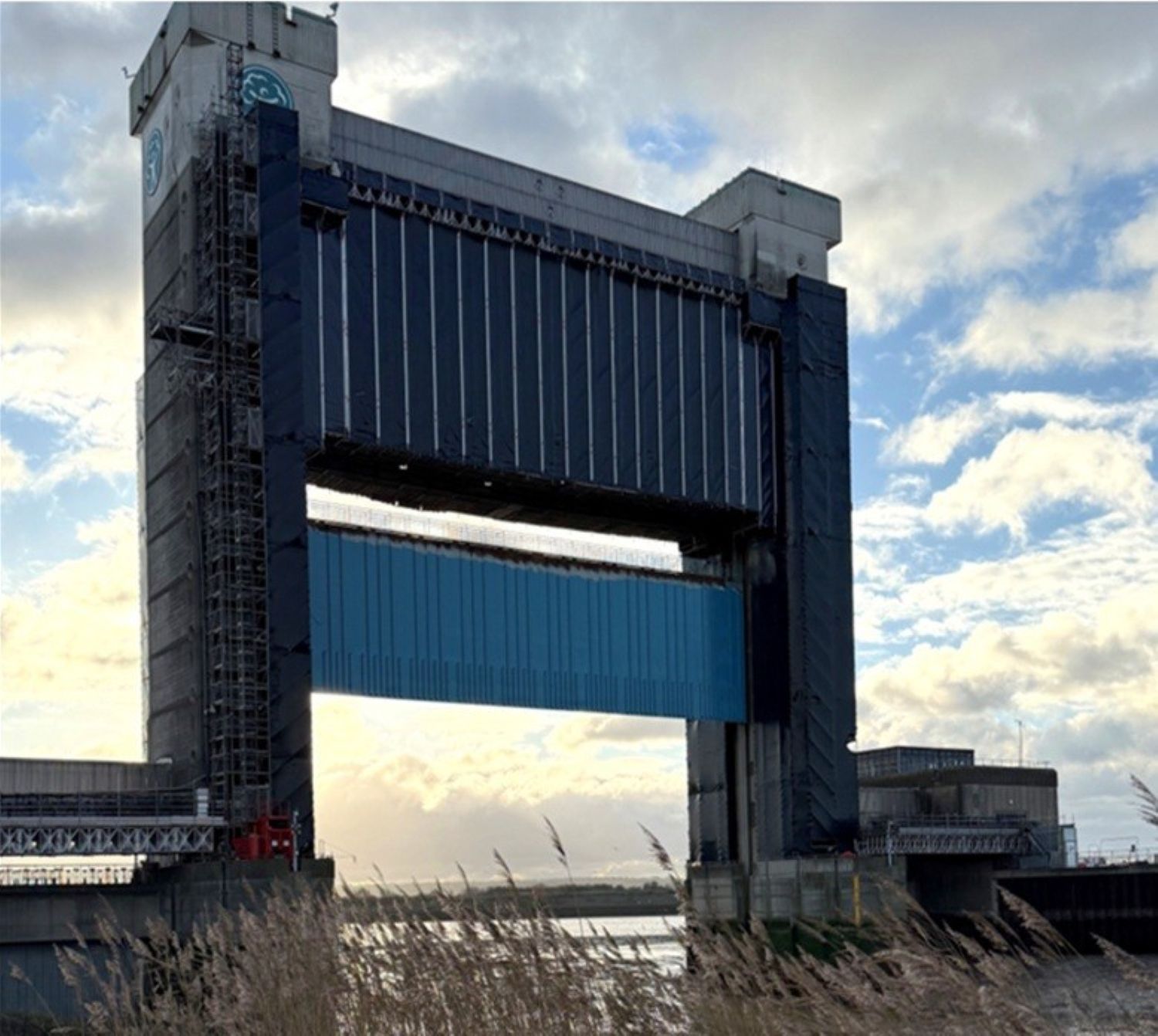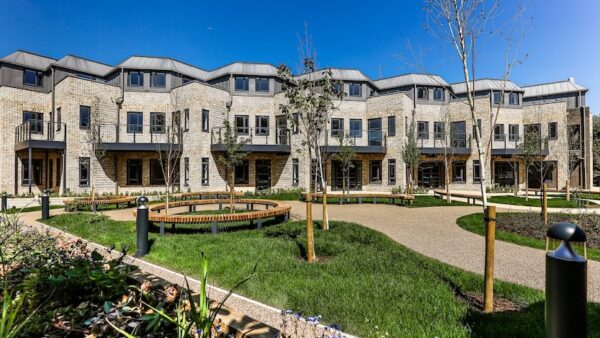In this month’s Considerate Constructors Scheme (CCS) column, Desiree Blamey looks at how construction project managers can enhance the natural environment at a local level.

This article supports Q.2.3.1 of the Considerate Constructors assessment: How is the registered activity identifying, assessing and planning to maintain or improve the natural environment locally?
The construction industry plays a significant role in shaping the built environment, but it also carries responsibility for protecting the natural one. At CCS, we place sustainability, decarbonisation, and environmental stewardship at the heart of our Code of Considerate Practice. With the UK aiming for net zero by 2050, construction must lead by example in reducing environmental impact and embracing greener ways of working.
Planning for nature: from assessment to action
Effective environmental protection starts long before work begins. Comprehensive site assessments, including habitat, tree, and protected species surveys, are essential for identifying key ecological features. Supported by local authority consultations and mapping tools, these surveys lay the foundation for meaningful environmental planning.
Once identified, impacts are assessed through Ecological Impact Assessments (EcIA), or Environmental Impact Assessments (EIA) where applicable. A key step is calculating biodiversity net gain (BNG) using the Defra Metric, a requirement under the Environment Act 2021. These outcomes are embedded in Construction Environmental Management Plans (CEMPs) to ensure ecological safeguards are implemented throughout the build.
Good environmental planning goes beyond simply avoiding harm. More and more, we’re seeing developers working to protect existing habitats and create new ones, including wildflower meadows, green roofs, SuDS, and pollinator-friendly planting. Construction is also being timed to avoid disrupting wildlife, and teams are trained to keep ecology in mind throughout the process.
Post-construction, many projects commit to long-term monitoring and management of green infrastructure, often through frameworks such as BREEAM or CEEQUAL, with some also involving the community in stewardship of natural spaces.
Across the UK, CCS-registered sites are putting nature first in creative and effective ways, often going beyond compliance. Below are four examples:
Morgan Sindall saves the bees

When Morgan Sindall Construction & Infrastructure discovered a beehive in the steelwork of a project, the team recognised the ecological importance of protecting these vital pollinators.
With bee populations in decline – 13 species have already been lost in the UK and 35 more are at risk – they contacted the local Beekeepers Association for expert guidance. After a site assessment, rather than relocating the bees, the team established an onsite ‘Bee Department’, allowing the hive to remain in its familiar environment. The site team now cares for the bees, feeding them every two weeks to support their health and wellbeing.
Galliford Try gives first aid for trees
To prevent delays when addressing accidental tree root damage, Galliford Try Infrastructure developed a ‘tree first aid kit’ with tools and step-by-step instructions aligned with the Arboricultural Method Statement. Stored in the main compound, it allows trained staff to respond immediately.
A targeted toolbox talk ensured site teams and supply chain partners understood both its importance and proper use.
RG Group’s canal clean-up

While working near a windy canal in Leeds, RG Group identified the risk of construction debris entering the water.
To mitigate this, it partnered with WasteShark Leeds to conduct a clean-up using a battery-powered aquatic drone. The drone collected 928 litres of debris, including 182 litres of man-made waste. This eco-friendly solution helped reduce the project’s environmental impact and improved the canal’s water quality.
Balfour Beatty’s Barking Barrier silt capture

To safely recoat the active Barking Creek Barrier, Balfour Beatty used a custom enclosed hanging scaffold with integrated drainage, preventing silt, dust, and waste from polluting the River Roding and the atmosphere.
The system, which can be dismantled in under five hours, channels UHP jet wash wastewater to the sewer under a Thames Water licence, with daily volumes logged. An automated link to the siltbuster further reduces manual handling and pollution risk.
Towards a greener future
Looking ahead, we all have a role in building a greener future. At CCS, we’re committed to driving change across the construction industry, including reducing waste, protecting natural resources, and creating spaces where nature can thrive. Sustainability isn’t just another box to tick, it’s about doing the right thing for our planet, our communities, and the generations to come.
Desiree Blamey is head of partnerships at the Considerate Constructors Scheme.











